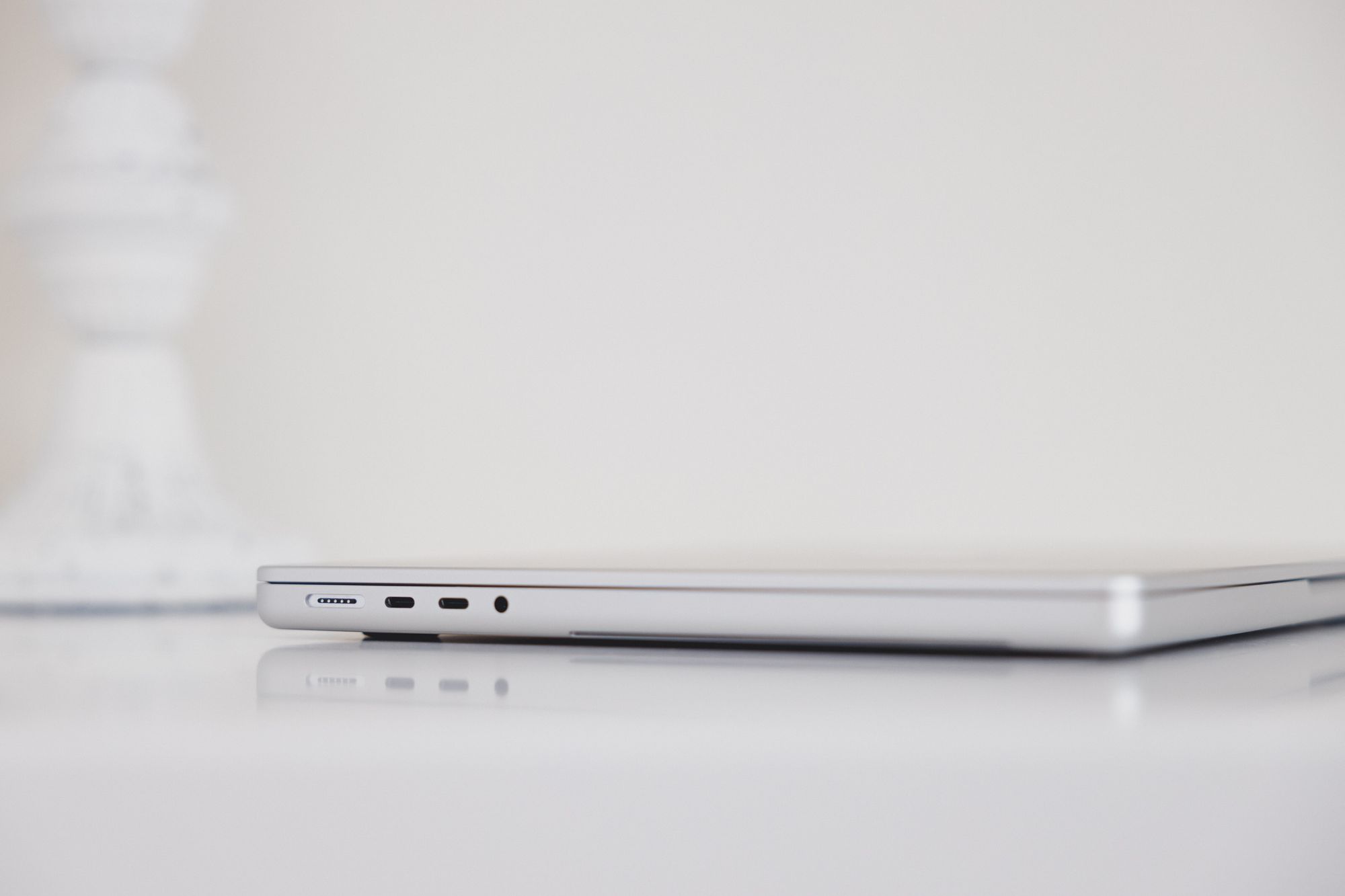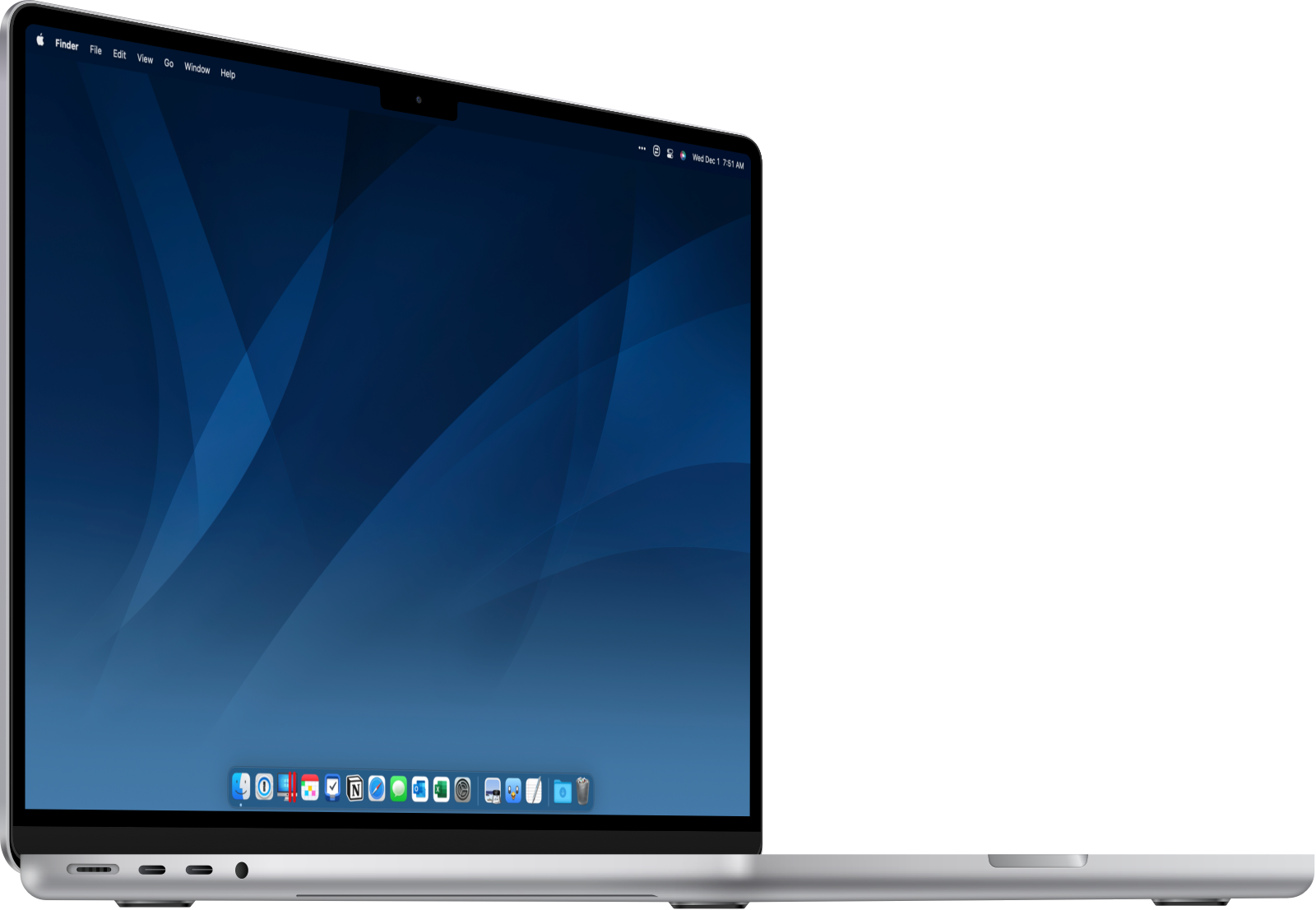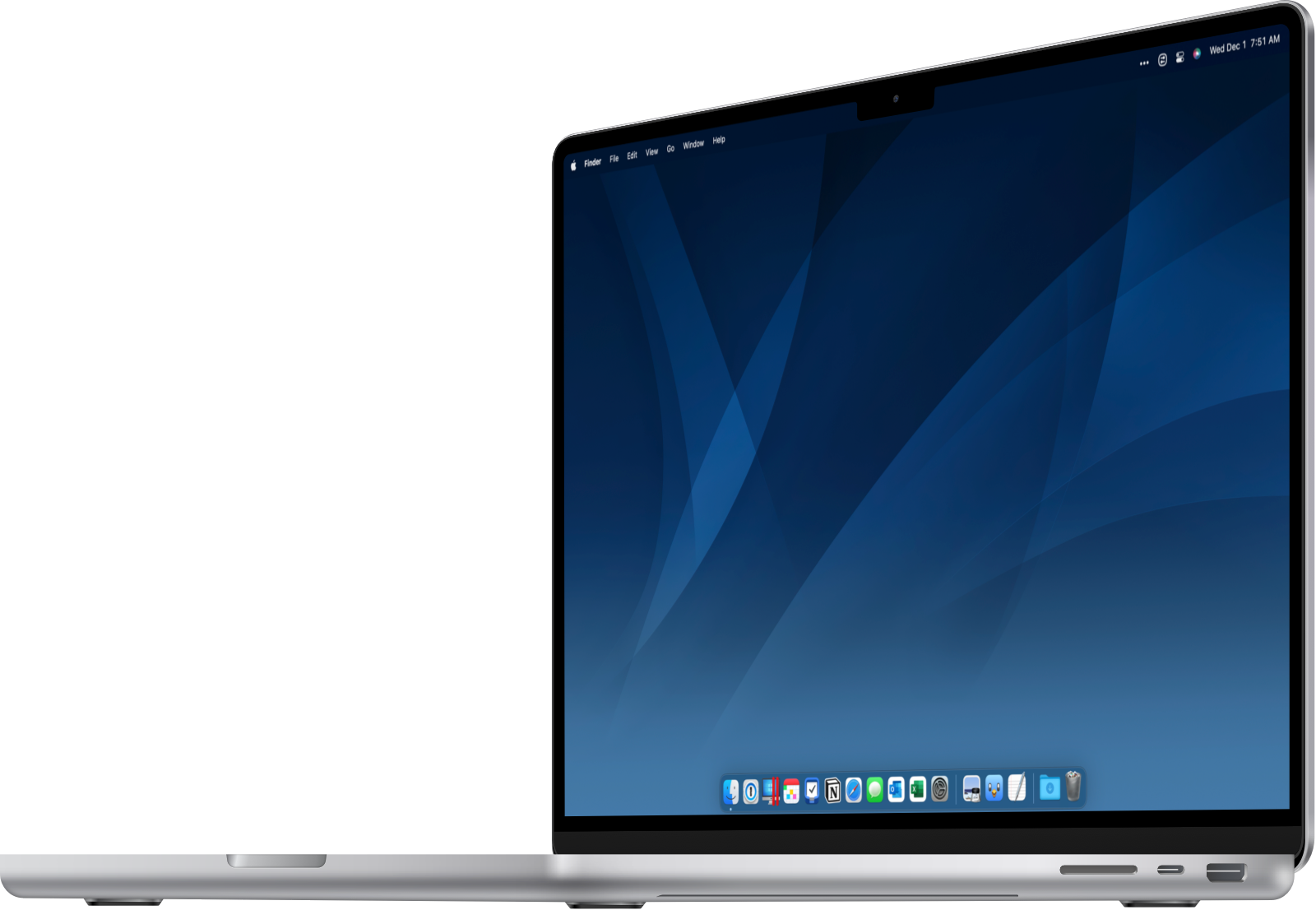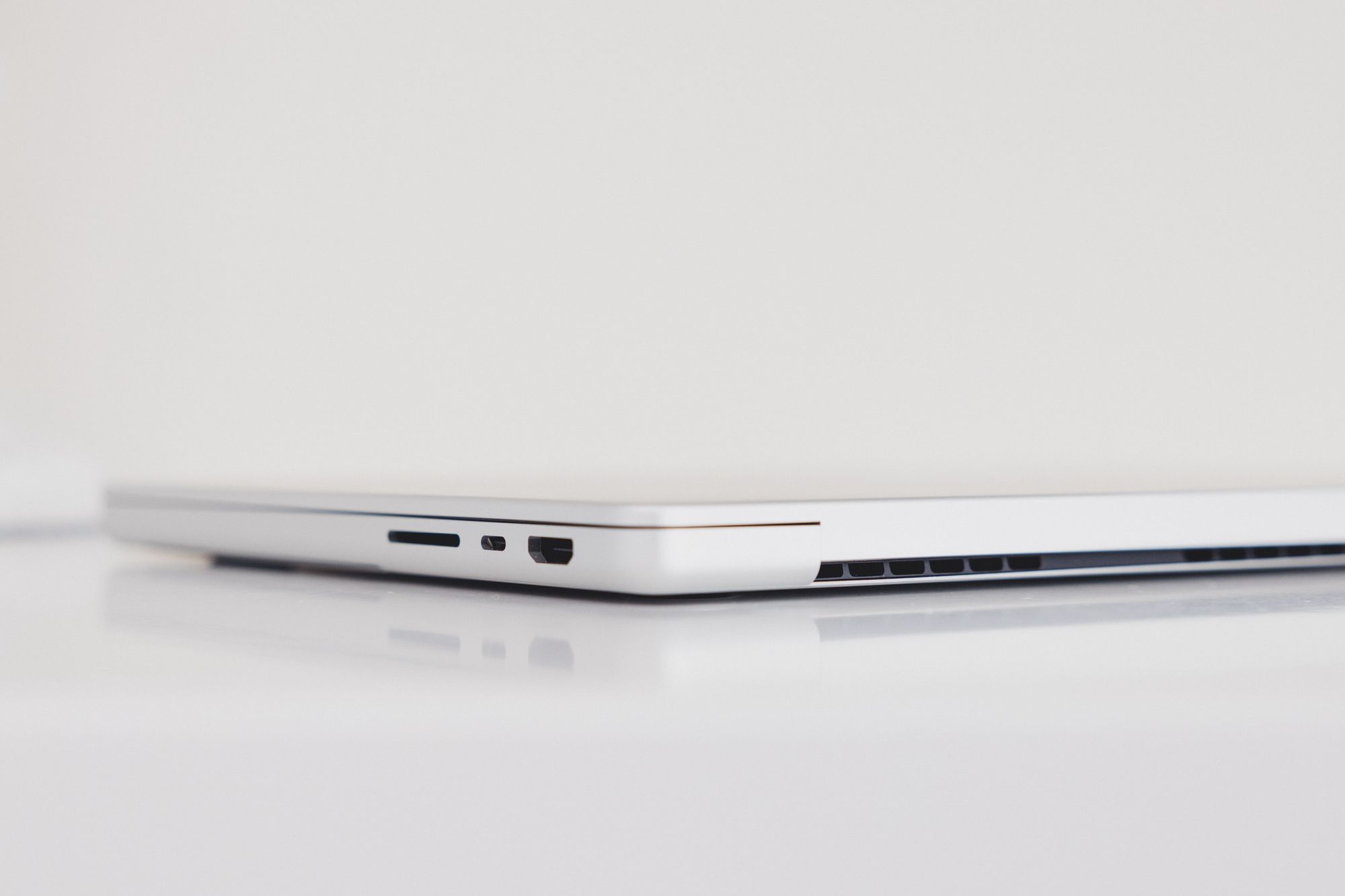
We all make gambles on the future. We go to university with the thought of using gained skills in a future world where those skills are valued. We ask to go on a date with a stranger with the hope that person may be a future spouse. We invest money in the stock market with the hopes the stock market grows in value in the future.
It’s pretty rare to find someone who openly admits to a failed gamble. Admitting to a failed gamble means admitting you were wrong. It means admitting you can’t predict the future.
You could argue Apple has far more control over the I/O market than an individual investor has over the stock market. Apple could stack the deck and increase the odds of their gamble paying off.
Apple’s I/O gamble did not pay off. The move to USB-C and Thunderbolt 3 in 2016 was not met with unanimous ubiquity across the market.
But just like you wouldn’t expect your colleague to admit a miss to your boss (you may want them to admit the fault, but you certainly wouldn’t expect it), you shouldn’t expect a trillion-dollar-company to admit a miss.
So, in my book, Apple gets off lucky for its 2016 USB-C/Thunderbolt 3 gamble. At best, it prepared a large swath of the market to have ample I/O coverage by way of overpriced adapters. At worst, it stole an additional few dollars from those just wanting to plug in a USB thumb drive. Either way, they created an audience hungry for plentiful I/O.

I wouldn’t say the 2021 MacBook Pro comes with “plentiful I/O” on its face — one HDMI port, an SD card slot, and three Thunderbolt 4 ports hardly constitute “plentiful”. Especially when the HDMI port and SD card slot are limited to a single Thunderbolt 4 channel.
It’s that dongle world come full circle, though. Where those dongles tarnished a desk setup before, they now offer potentially the most flexible I/O experience a MacBook Pro has ever seen.
Want wired ethernet? The MacBook Pro doesn’t ship with an onboard ethernet port (though I’d argue there’s probably enough thickness in this chassis to accommodate one), but you likely have a dock or adapter in your arsenal that handles a wired ethernet cable.
Want an ExpressCard slot? If you shoot with these cards, you needed an adapter before and you can use that adapter now.

Or if you’re lucky enough to have a display capable of powering the MacBook Pro via Thunderbolt 3 or Thunderbolt 4, you’ll be met with a world of possibilities. I have two displays, an ethernet connection, a scanner, and a phone charger all attached to my M1 Pro MacBook Pro by way of a single Thunderbolt 4 connector. It’s single-cable-I/O heaven if you ask me.
Indeed, it’s such a treat to simply slide an SD card right into the slot without needing an adapter though. It’s so, so nice. It’s probably the simplest pleasure this MacBook Pro has to offer.
Or the ability to watch a TV show on a beautiful 4K TV without having to AirPlay to an Apple TV. I spent a couple years running my entire TV setup through my iPhone and a Lightning-to-HDMI adapter. It worked really. The MacBook Pro’s HDMI port works much better.
Perhaps the epitome of the flexibility of the I/O on this new 2021 MacBook Pro is how it charges. This computer can charge through four different ports. You can fast charge through all of them, too, if you have the right power adapter.
It’s so flexible that I don’t tend to use the included MagSafe cable. This is a bummer to me — the MacBook Pro’s battery life is good enough to get me through an evening of work on battery and the LG UltraFine’s Thunderbolt 3 ports charge the MacBook the next day. My MagSafe cable has been relegated to a pocket in my bag and the occasional weekend charge. It’s a wonderfully old technology — don’t get me wrong. And the braided cable is particularly fantastic. It’s just too easy to charge via one of the included Thunderbolt 4 ports.
So, will most users find the 2021 MacBook Pro’s I/O options to be satisfactory? I suspect so, though maybe not on the face of it. It’s likely most folks will need an adapter of some sort still — there are no USB-A ports onboard, after all — but it’s also likely that anyone opting for this computer will have an adapter kicking around anyway.

It’s an old time treasure, simply grabbing an SD card and not needing an adapter. It’s like Pavlov’s dog: Click that SD card out of the camera and your ears perk up for that adapter. To be rid of that conditioning is beautiful.
And what of the return of MagSafe? Honestly, I don’t think Apple needed to admit this mistake. MagSafe was phenomenal — is phenomenal — and I’m glad I have it. But I truly don’t need it. If could trade the MagSafe port for a USB-A port, I wouldn’t even blink.